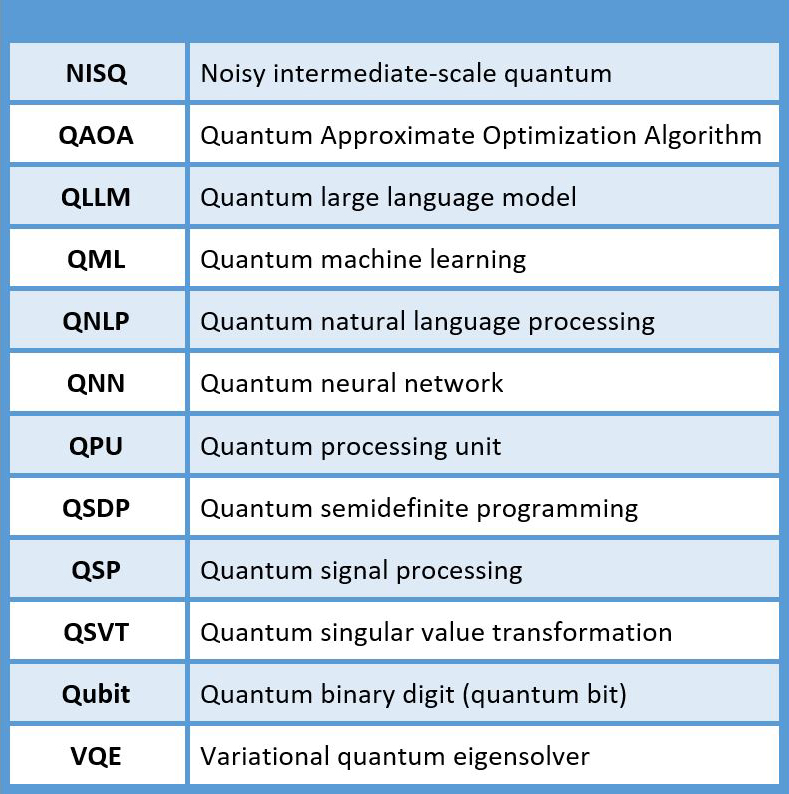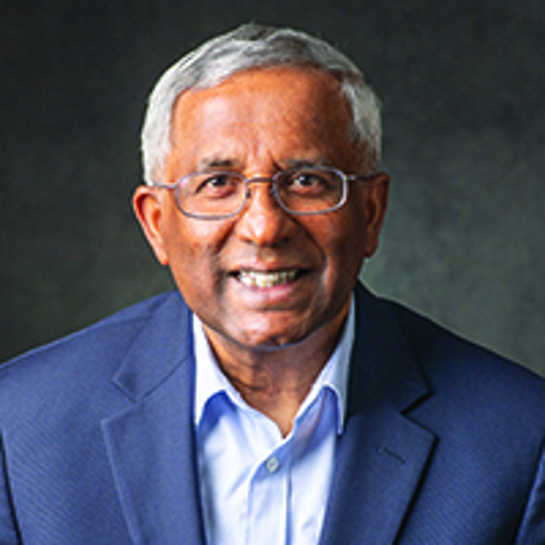An Introduction to Quantum Computing and Applied Mathematics

Over the last decade, quantum computing has steadily become a global research priority. In 2018, the U.S. federal government created the $1.2-billion National Quantum Initiative Act to spur quantum research and development. And in 2023, the U.S. National Institute of Standards and Technology identified quantum information technologies as a critical and emerging technology for prioritization (alongside domains like artificial intelligence and machine learning, clean energy generation, and semiconductors). The current emphasis on quantum computing (see Figure 1) has inspired multiple new funding opportunities across science, technology, engineering, and mathematics.
With this backdrop in mind, it is important to recognize the deep ties that exist between applied mathematics and quantum computing. The primary languages of quantum mechanics and quantum computing are optimization and theoretical and numerical linear algebra — all of which are foundational competencies of SIAM’s membership. And given the constraints of near-term quantum computers, scientific computing topics like domain decomposition have significant relevance in the quantum realm. In the other direction, quantum computing also has the potential to meaningfully impact the work of the SIAM community, with prospective applications from portfolio optimization in financial mathematics to the prediction of chemical phenomena via variational quantum eigensolvers.
In light of such exciting possibilities, we assembled a panel of experts in quantum computing and applied and industrial mathematics to illuminate the synergies between these research areas and ultimately foster new collaborations. This international cohort of researchers includes academics, national laboratory scientists, and practitioners from industry. These individuals have prepared a collection of articles for SIAM News that explore particular components of the intersection between applied mathematics and quantum computing.

The seven articles in this series are divided across two subsequent issues of SIAM News. In this first installment, Giacomo Nannicini (University of Southern California) introduces the fundamentals of quantum computing and overviews several problems that may be well suited for quantum computers. Somayeh Bakhtiari Ramezani and Amin Amirlatifi (both of Mississippi State University) investigate the interplay between quantum computing and machine learning. Lin Lin (University of California, Berkeley) discusses the importance of end-to-end complexity for quantum algorithms. And lastly, Antoine Jacquier (Imperial College London), Oleksiy Kondratyev (Abu Dhabi Investment Authority), Gordon Lee (Bank of New York Mellon Corporation), and Mugad Oumgari (Lloyds Banking Group) address the connections between the quantum world and financial mathematics. See Figure 2 for a list of common acronyms that appear throughout the four articles in this issue.
We hope that these bite-sized surveys provide an accessible starting point for SIAM members to pursue new ideas and collaborations in the realm of quantum computing, especially as numerous funding agencies continue to emphasize the importance of quantum technologies. We encourage interested readers to contact the authors and explore the references that are mentioned in these works. Finally, we look forward to sharing the next set of articles about the intersection of quantum computing and applied mathematics in the forthcoming May issue of SIAM News.
Pending funding, SIAM will hold the SIAM Quantum Intersections Convening – Integrating Mathematical Scientists Into Quantum Research in October 2024. The goal of this convening is to foster and increase the involvement and visibility of mathematicians and statisticians in quantum science research and education. Stay tuned for additional details!
About the Authors
David Hyde
Assistant Professor, Vanderbilt University
David Hyde is an assistant professor of computer science at Vanderbilt University. His research interests include computational physics, cloud computing, computer graphics, and quantum computing.

Alex Pothen
Professor, Purdue University
Alex Pothen is a professor of computer science at Purdue University. He served as founding chair of the SIAM Activity Group on Applied and Computational Discrete Algorithms from 2018 to 2020.

Stay Up-to-Date with Email Alerts
Sign up for our monthly newsletter and emails about other topics of your choosing.



